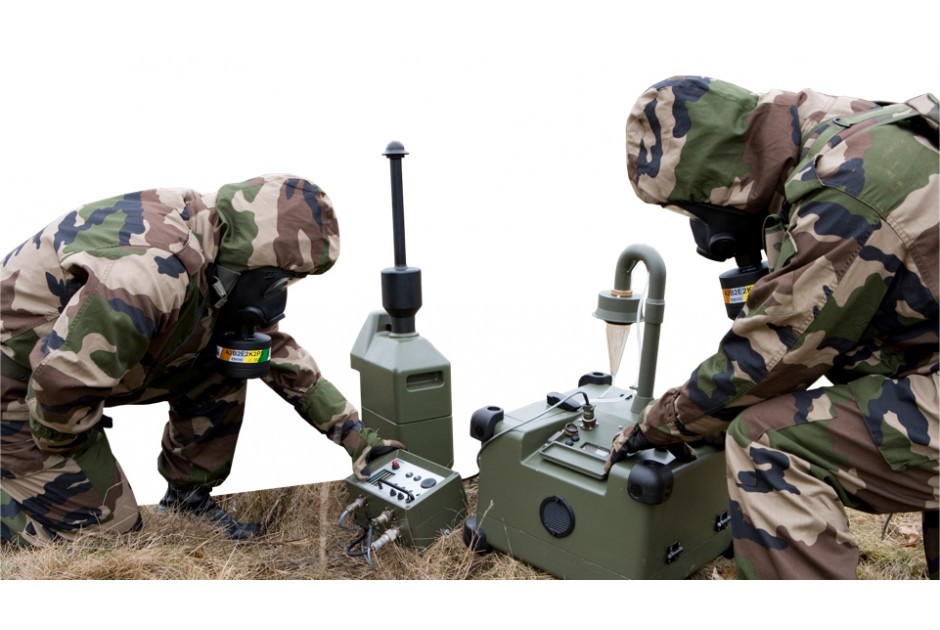ISO 16975 3 Respiratory fit testing methods qualitative and quantitative testing
The ISO 16975 series of standards provides a comprehensive framework for ensuring that respiratory protective equipment (RPE) is safe, effective, and suitable for the intended use. Specifically, ISO 16975-3 focuses on the qualitative and quantitative fit testing methods used to evaluate the effectiveness of RPE in protecting individuals from inhaling harmful substances.
The objective of this service is to ensure that any respirator or air-purifying device worn by personnel complies with international standards. The test involves assessing whether an individual can breathe properly through a respirator and how well it fits their face, which directly impacts the level of protection provided. Compliance with these regulations ensures not only the safety but also the comfort of individuals working in hazardous environments.
The testing process begins with selecting appropriate subjects who will undergo both qualitative and quantitative fit tests. During qualitative fit testing, the individual is asked to wear a respirator while exposed to an irritant such as saccharin or bitrex, which they can smell if there are any gaps in the seal between the facepiece and the skin. If the subject detects the presence of the irritant, it indicates that there may be an inadequate fit.
For quantitative fit testing, more precise measurements are taken using a fit factor measurement device such as the Portacount Plus or the Thermo MR5000. These devices measure how much air leaks around the respirator and calculate the percentage of leakage, providing quantitative data about the effectiveness of the respirator.
Once the tests have been conducted, detailed reports are generated. These reports provide a comprehensive overview of the fit testing results, including any areas where there might be gaps in protection. The report is crucial for quality managers and compliance officers as it helps them make informed decisions regarding the procurement and use of protective equipment.
Our team of experts ensures that all tests adhere strictly to ISO 16975-3 guidelines. This includes using calibrated instruments, trained personnel, and standardized procedures to ensure accuracy and reliability. The results are compared against industry standards and best practices, providing a thorough assessment of the respirator's performance.
The importance of this service cannot be overstated. In industries where workers are exposed to hazardous materials or environments, such as military operations, industrial manufacturing, and emergency response, ensuring proper respiratory protection is paramount. Non-compliance can lead to severe health risks and potential legal consequences.
Benefits
Adhering to ISO 16975-3 standards offers numerous benefits, particularly for organizations operating in sectors with high-risk environments:
- Enhanced Safety: Ensures that the respirators used meet international safety standards and are effective in protecting employees.
- Compliance: Helps companies comply with regulatory requirements and avoid penalties associated with non-compliance.
- Elevated Reputation: Demonstrates a commitment to employee health and safety, enhancing the organization's reputation.
- Cost Savings: Identifies and rectifies issues early, preventing costly accidents and medical expenses down the line.
In addition, this service supports research and development efforts by providing accurate data on respirator performance. This information is invaluable for continuous improvement of protective equipment designs.
Industry Applications
The ISO 16975-3 standards are widely applicable across various industries where respiratory protection is essential:
- Military: Ensuring that personnel in combat and training environments have reliable respirators.
- Chemical Manufacturing: Protecting workers from hazardous chemicals.
- Oil & Gas: Safeguarding employees working in areas with potential gas leaks or other airborne hazards.
- Hazardous Waste Management: Providing protection for those handling and cleaning up hazardous materials.
In each of these sectors, the ability to fit-test respirators according to ISO 16975-3 ensures that workers can safely perform their duties without compromising on health or safety.
International Acceptance and Recognition
- United States: The Occupational Safety and Health Administration (OSHA) recognizes ISO 16975-3 as a guideline for respirator fit testing.
- European Union: EU regulations require adherence to these standards for the sale of respirators within member states.
- Australia & New Zealand: Standards Australia and Standards NZ both recommend ISO 16975-3 as a best practice.
- Canada: The Canadian Centre for Occupational Health and Safety (CCOHS) recommends these standards for respirator fit testing.
- Japan: The Japanese Industrial Standards Committee (JISC) references ISO 16975-3 in its guidelines.
The widespread acceptance of this standard underscores its importance in the global market. Compliance with these standards ensures that respirators are effective and reliable, regardless of location or industry sector.





